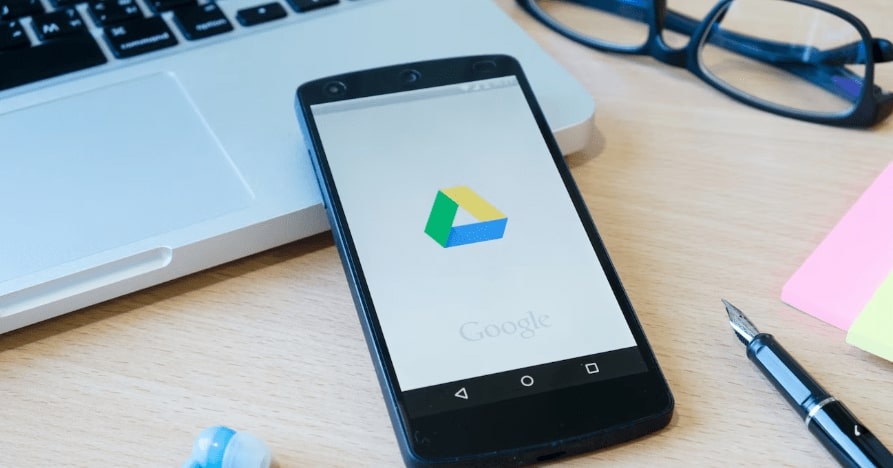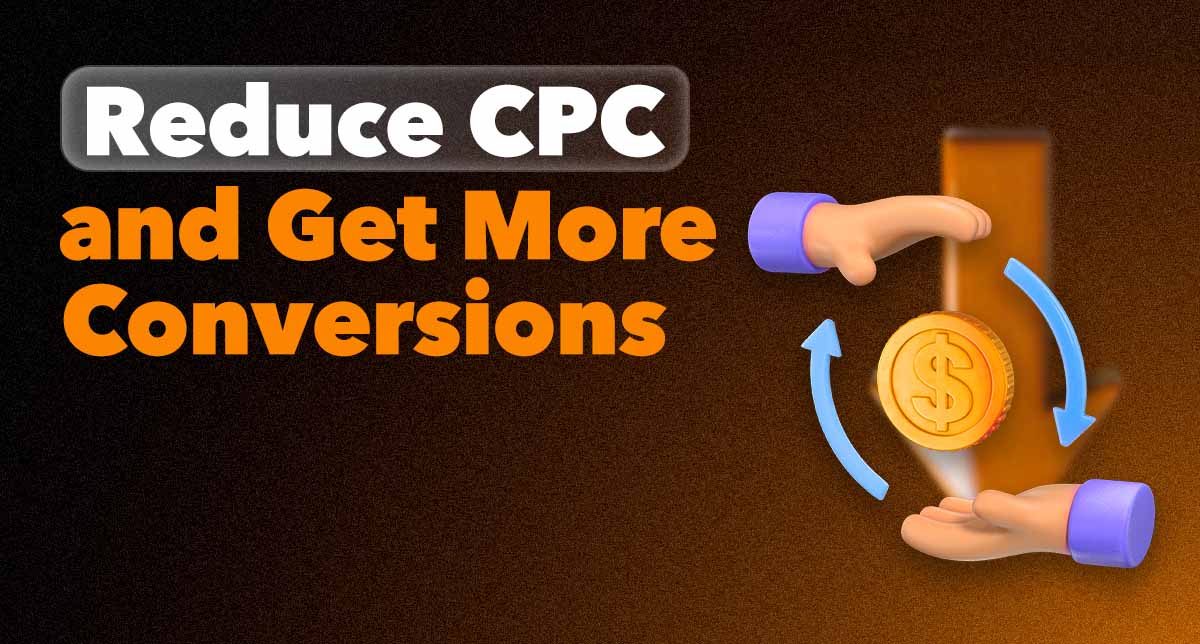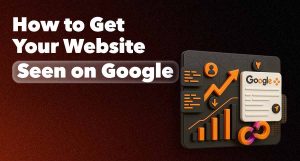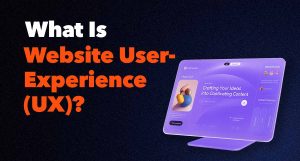Are you spending money on Google Ads but not seeing the results you hoped for? If your cost-per-click feels too high and your ROI too low, you're not alone, and you're not doing anything wrong. The truth is, most advertisers lose money simply because they’re missing a few key tactics. In this article, you’ll discover 7 clear and easy ways to lower your Google Ads costs without compromising performance, exactly what the title promised.


Understanding CPC and Its Impact on Your Campaign
When you advertise on Google, you pay each time someone clicks on your ad. This is known as CPC, cost per click. It might sound simple, but it has a big impact on how your campaign performs. If your CPC is high, your daily budget can disappear fast, sometimes before you even get a chance to see real results. But if you manage to bring your CPC down, you’ll be able to reach more people, get more traffic, and create more opportunities for sales without increasing your ad spend. So, how can you reduce your CPC without hurting performance? Below are 7 smart, proven strategies that can help you spend less and get more.
Tip 1: Choose Long-Tail Keywords to Attract Ready-to-Buy Users
Be Specific, Be Smart, Be Cost-Efficient Not all keywords cost the same. General terms like “shoes” are expensive and competitive. However, if you use more specific phrases, such as “black running shoes for women size 39 Dubai,” you can attract more qualified users at a lower cost. These are called long-tail keywords, and they work because:- People using detailed search terms usually know what they want
- They are less competitive, which means lower CPC
- They often lead to higher conversion rates
Tip 2: Improve Your Quality Score to Pay Less Per Click
Google wants to show users helpful, relevant ads. When your ad copy, keywords, and landing page are tightly aligned, Google considers your campaign useful and rewards you with a lower cost-per-click (CPC). If you're aiming to increase conversions with PPC, the key is to focus on relevance and user intent:- Make sure your main keyword appears naturally in your ad text
- Write clear, honest ads that directly answer what users are searching for

Tip 3: Use Negative Keywords to Avoid Wasting Money
Don’t Pay for Clicks That Go Nowhere Sometimes your ads appear for searches that aren’t a good fit for your product or service. That leads to useless clicks and wasted money. Negative keywords let you tell Google what not to show your ads for. For instance, if you sell premium or luxury bags, you can block terms like “cheap,” “second-hand,” or “free.” This helps you:- Avoid irrelevant traffic
- Focus your budget on people who are interested in buying.
- Improve overall campaign performance by filtering out noise.
Tip 4: Run Your Ads at the Right Time with Smart Scheduling
Timing Matters Just As Much As Messaging Your customers aren’t online all day, every day—and your ads shouldn’t be either. That’s where ad scheduling comes in. With Google Ads, you can choose the exact days and hours when your ads are shown. Use your data to find out when people are most likely to convert and focus your budget on those windows to optimize Google Ads ROI. For example: If you’re an e-commerce store, your best time might be evenings and weekends If you’re a B2B service, focus on business hours during the week This approach prevents you from burning your budget when people aren’t ready to buy and helps you spend smarter, not more.Tip 5: Target the Right Audience to Maximize Conversions
Reach People Who Want What You Offer Even the best ad will fail if it reaches the wrong person. Precise targeting ensures that your message lands in front of the right audience. Google lets you define who sees your ad based on:- Location: useful for targeting by city, region, or even radius
- Age and gender: match your typical buyer profile.
- Device type: mobile or desktop
- Audience interests and behaviors: based on past activity
Tip 6: Optimize Your Landing Pages for Better Ad Performance
A Great Click Means Nothing If the Page Doesn’t Deliver Getting someone to click on your ad is only half the battle. The real value comes after they land on your site. If your landing page is confusing, too slow, or not relevant to your ad, people will bounce, and you lose that paid opportunity. Here’s what a good landing page should include:- Fast loading time on both desktop and mobile
- A clear headline that matches the message in your ad
- Simple layout with one strong call-to-action (CTA)
Tip 7: Keep Testing and Improving Your Ads
Never Assume, Always Test Even small changes in your ad can have a big impact. That’s why testing (also called A/B testing) is so important. Try testing things like:- Different headlines: short vs. detailed
- Ad descriptions: emotional vs. factual
- CTAs: “Shop Now” vs “Get Your Free Quote”
- Visuals (if you run display ads)
What’s Next? Your Action Plan for Smarter Google Ads
Turn Simple Changes into Powerful Results Lowering your CPC isn’t about cutting quality or doing less. It’s about making smarter, more focused decisions that help you get better outcomes from the same budget. Here’s how to get started:- Choose the right keywords that attract people ready to buy
- Improve your ads and landing pages so they connect better with users.
- Use smart targeting to make sure your ads reach the right people at the right time.
- Lower costs
- Better clicks
- more real results




